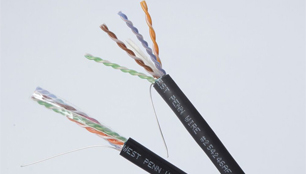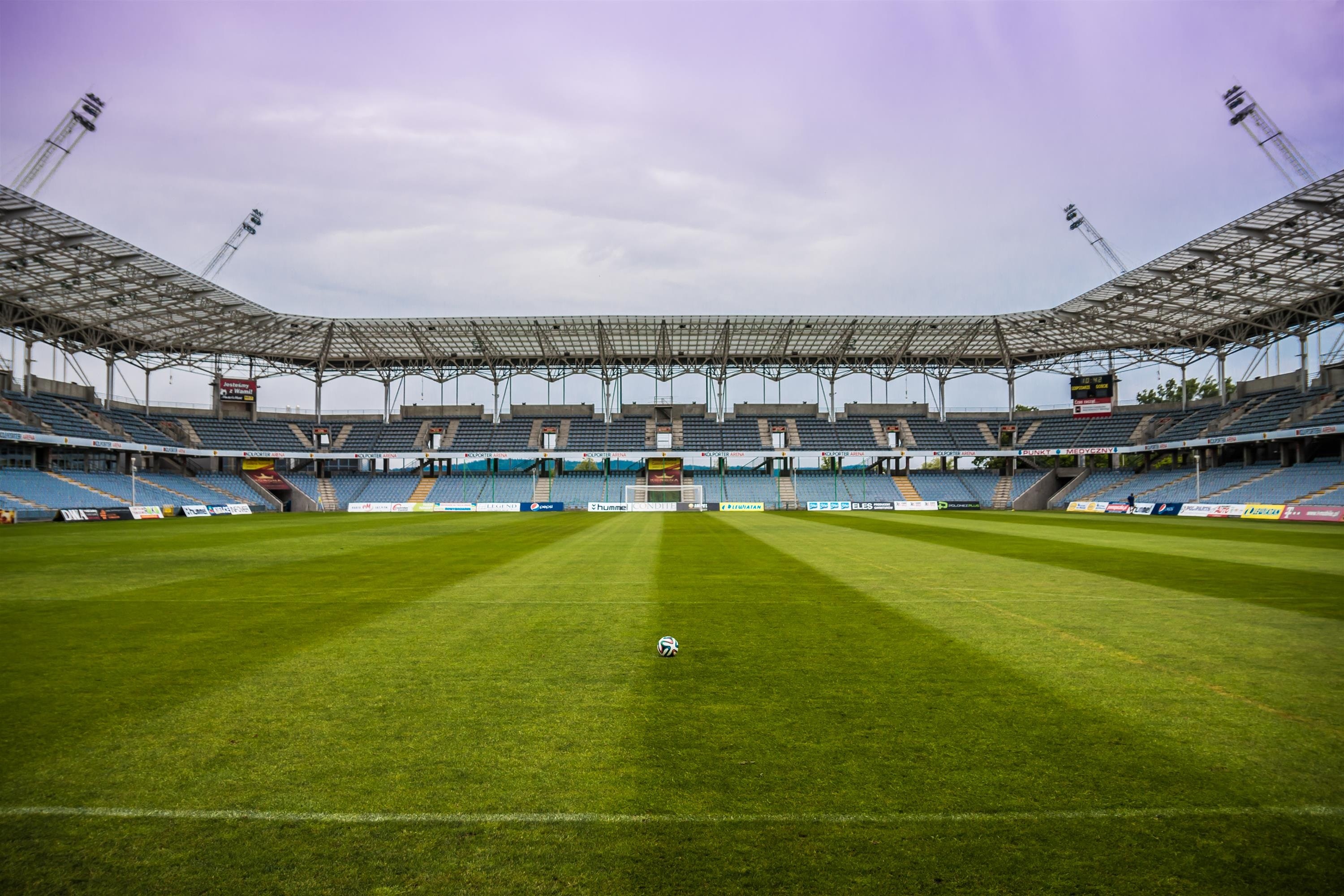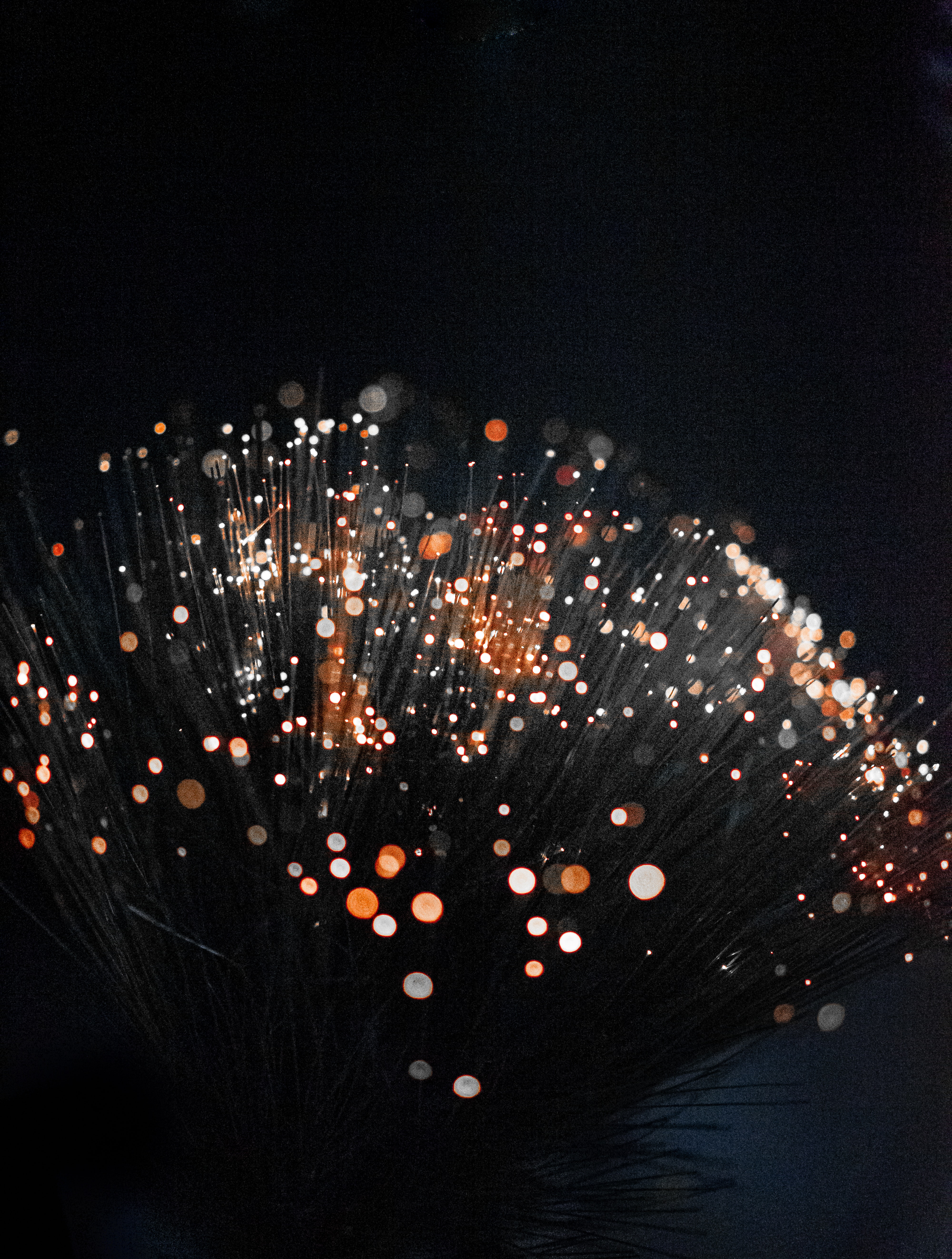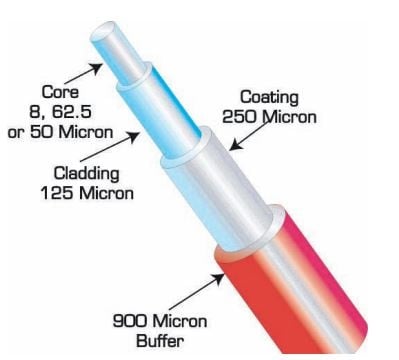Over the past year, we provided hospitals with large volumes of Cat 6 Networking Cables, Access Control Systems and Fire Alarm Systems. Looking back, we benefited from the federal government’s funding of hospitals to offset revenue shortfalls created by the decline in elective surgeries and increased demand for treating COVID-19 patients, including the need to buy personal protective equipment (PPE). Although healthcare will continue to be a strong market for us over the next 12-18 months, the education sector should be even stronger.
Why The Classrooms of Tomorrow Need Our Expertise Today
Topics: Category Cable, Category 6A Cable, Fiber Optic Cable, Fiber Optics, networking, networking cable
Mobility and flexible working environments have created a new kind of employee. Although this transition started happening before the pandemic, it has only sped up this process even more.
Topics: Category Cable, Category 6A Cable, Fiber Optic Cable, Fiber Optics, networking, networking cable
The entertainment industry is changing to accommodate people's expectations as they become more connected to devices. As technology advancements taking place in the broadcast industry give users a more impactful, unforgettable experience. It also places a large demand for a wired infrastructure because of the amount of data and people connecting to networks. Similar to stadiums, the growing demand for bandwidth in the broadcasting market will continue to increase.
As a result, the broadcast industry will begin to rely heavily upon fiber for its dependable wireless connectivity. Fiber can provide faster downloads, maintain signal strength over long distances, and provides fewer delays.
Topics: Fiber Optics Assemblies, Fiber Optic Cable, Fiber Optics, Fiber, Fiber Optic, Pre-Terminated Fiber Optic Assemblies
As industry shifts begin to change, bandwidths continue to increase, and fiber prices have fallen, many organizations are asking the question, "When should I use fiber optic cables?"
Below is a list to consider when looking to use fiber optic cable:
Topics: Fiber Optic Cable, Fiber Optics, Fiber Optic
This year's winter weather has been far from pleasant from coast-to-coast thus far. With the polar vortex that took place in January and high speed winds, there have been many power outages, cabling issues and more. With frigid temperatures and a record low of -50 degrees in certain parts of the country, how does this affect our cabling, especially fiber optic cable?
Topics: Fiber Optic Cable, Fiber Optics, Fiber, Fiber Optic
This year marks the first year that West Penn Wire published blog posts on a regular basis, a total of 20 blogs this year ranging from basic cable information to systems with greater detail.
Topics: Category Cable, Category 6A Cable, Fiber Optic Cable, Fiber Optics, Copper Cable, Armored Fiber Optics, Fiber Optic, fire alarm, fire alarm systems, fire detection systems
There has been a big change in the AV industry from the standard coax cables to networking cable solutions, known as category cables. Although Category 5 cables are still heavily used, many growing businesses are looking into faster solutions with Cat 6, Cat 6A Cat 7 and Fiber Optic cabling.
In this article, we will compare the differences between Cat 6, Cat 6A and Fiber Optic cable so that you can best decide what will suit your customers and business in the evolving AV industry.
Topics: Category Cable, Category 6A Cable, Fiber Optic Cable, Fiber Optics, Fiber
Last month we compared Fiber Optics to traditional Copper Cables and the differences between the two in regards to data transmission. Within the Fiber Optic product line, Armored Fiber Optics is an option for businesses that require installation within rigid environments.
Armored Fiber Optic Cable can be utilized for: telecommunication, high bandwidth data, video signaling, long-distance CCTV, communication between fire alarm panels, and much more.
Topics: Fiber Optics, Armored Fiber Optics
Advantages of Fiber Optics Cables vs. Copper Cables
This week we are looking to determine what factors need to be taken into consideration when choosing Fiber Optics Cables over low-voltage Copper Cables. There are so many benefits. Keep reading to find out more....
First things first... How does it work?
Fiber Optic Cable are composed of fine hair-like glass fibers and messages are transmitted by sending light beams down the thin strands of glass through a shielded cable. Fiber Optics Cables are comprised of three main areas:
Topics: Fiber Optics Assemblies, Fiber Optic Cable, Fiber Optics, Copper Cable










